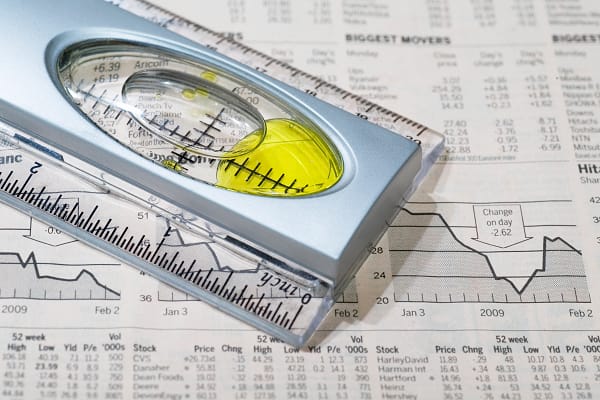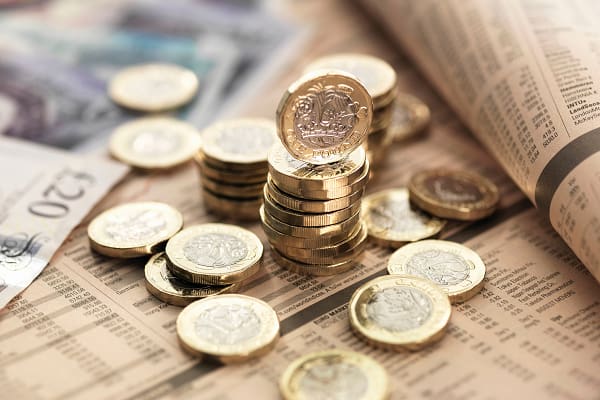Although the Self Assessment deadline isn’t until the 31st of January, there continues to be an increase of taxpayers in the UK choosing tax returns over turkey by using the festive period as an opportunity to submit their tax returns online with HM Revenue & Customs (HMRC).
In fact, last year a huge 25,769 taxpayers submitted Self Assessment Tax Returns over the festive period, with a whopping 8,876 submitting on Christmas Eve and 4,757 submitting on Christmas Day.
While people may be missing out on festive fun during the Christmas period, filing early is encouraged by HMRC. If the deadline of 31st January is missed, HMRC will automatically issue you with a £100 penalty, and will charge interest on any unpaid tax. The cost goes up again if you fail to file within three months.
Emily Coltman FCA, Chief Accountant at FreeAgent, who provide award-winning online accounting software for small businesses and accountants, said, “Small business owners and self-employed people have been hit hard as a result of rising prices, record inflation and the ongoing energy crisis. Our research has found that around 14% of small businesses either think they will perform worse over the next 12 months or will have to close their businesses altogether, so it’s more important than ever for SMEs to avoid unnecessary – and avoidable – costs.
“It’s therefore vital that they don’t miss the Self Assessment deadline and cause themselves unnecessary pain. The last thing businesses need at this difficult time is to incur an automatic £100 fine for missing the deadline, but it’s also important that they pay their tax on time too! If they don’t, these penalties can quickly build up and create a financial headache in the New Year.”
FreeAgent has offered some simple tips that business owners can use to get their Self Assessment sorted. These include:
Assemble all your paperwork first
Like any task, the Tax Return is best completed in bite-size chunks. I recommend collecting together all of the paperwork that you’ll need as a first step, before you start filling the form in. Here are some examples of what you might need:
- Forms P60 and P11D from your employer
- Bank interest certificates
- Pension income certificates
- Details of any Gift Aid donations you’ve made to charity
Make sure you’ve got the right year
When you’re collecting your paperwork, make sure it’s for the right tax year – that’s the year that finished on 5th April 2024. Don’t make the mistake of using a P60 with a previous year’s salary on it, because even if you were earning the same salary, the tax figure may well be different year-on-year.
If you’re self-employed, then you’ll need to include on your Tax Return your business’s profits, because that’s what you’ll pay tax on.
Be aware that if you don’t draw up your accounts to 31st March, 5th April or any date in between, and you’ve been trading a while, then 2023/24 is a transition year for basis period reform, so you’ll find yourself needing to report your business’s income and day-to-day running costs for the accounting year that finished in that tax year, plus the same figures for the period up to and including 5th April 2024. Find out more about basis period reform here.
What’s the right amount of bank interest?
You need to include on your Tax Return the total amount of interest your bank was due to pay you in the tax year ending 5th April 2024.
If you have a joint bank account with your partner or spouse, include your share of the interest on the account.
If you are running a business, then any interest the bank paid on its bank account goes on your Tax Return, unless your business is a limited company, in which case the bank interest belongs on the company’s Tax Return, not yours.
If you have an ISA, leave any interest you’ve received on the ISA off your Tax Return altogether.
Marriage Allowance: to give or to receive?
All taxpayers, except the highest earners, are entitled to receive some of their income tax-free each year, up to the Personal Allowance level (which is £12,570 at the moment).
If your income is below that level, you will be what’s called a non-taxpayer. If you don’t pay tax at any rate higher than the basic rate (20%), or, in Scotland, the intermediate rate (21%), and your partner or spouse is a non-taxpayer, then they may be able to transfer some of their Personal Allowance to you so that you save some tax.
This transfer is called Marriage Allowance. Be careful though, not to enter this the wrong way round on your Tax Return – if you are paying tax at the basic or intermediate rate, you can receive Marriage Allowance, and if you are a non-taxpayer, you can transfer it. It only works this way round.
Don’t wait till the last minute
It’s tempting to put off filling in your Tax Return up until the end of January – but don’t! Not only are you more likely to make mistakes if you’re trying to fill the form in a rush, but you may also encounter log-jams in HMRC’s online filing service as lots of other taxpayers all try to file at once.






Leave a Comment